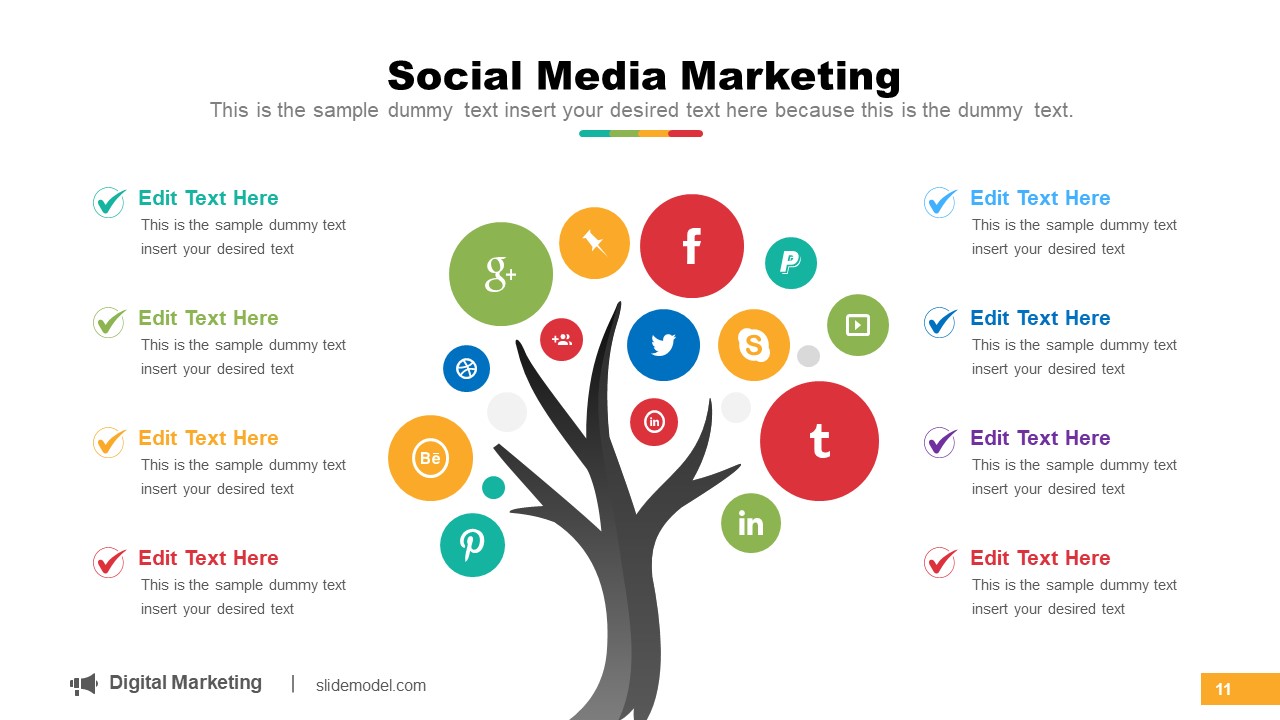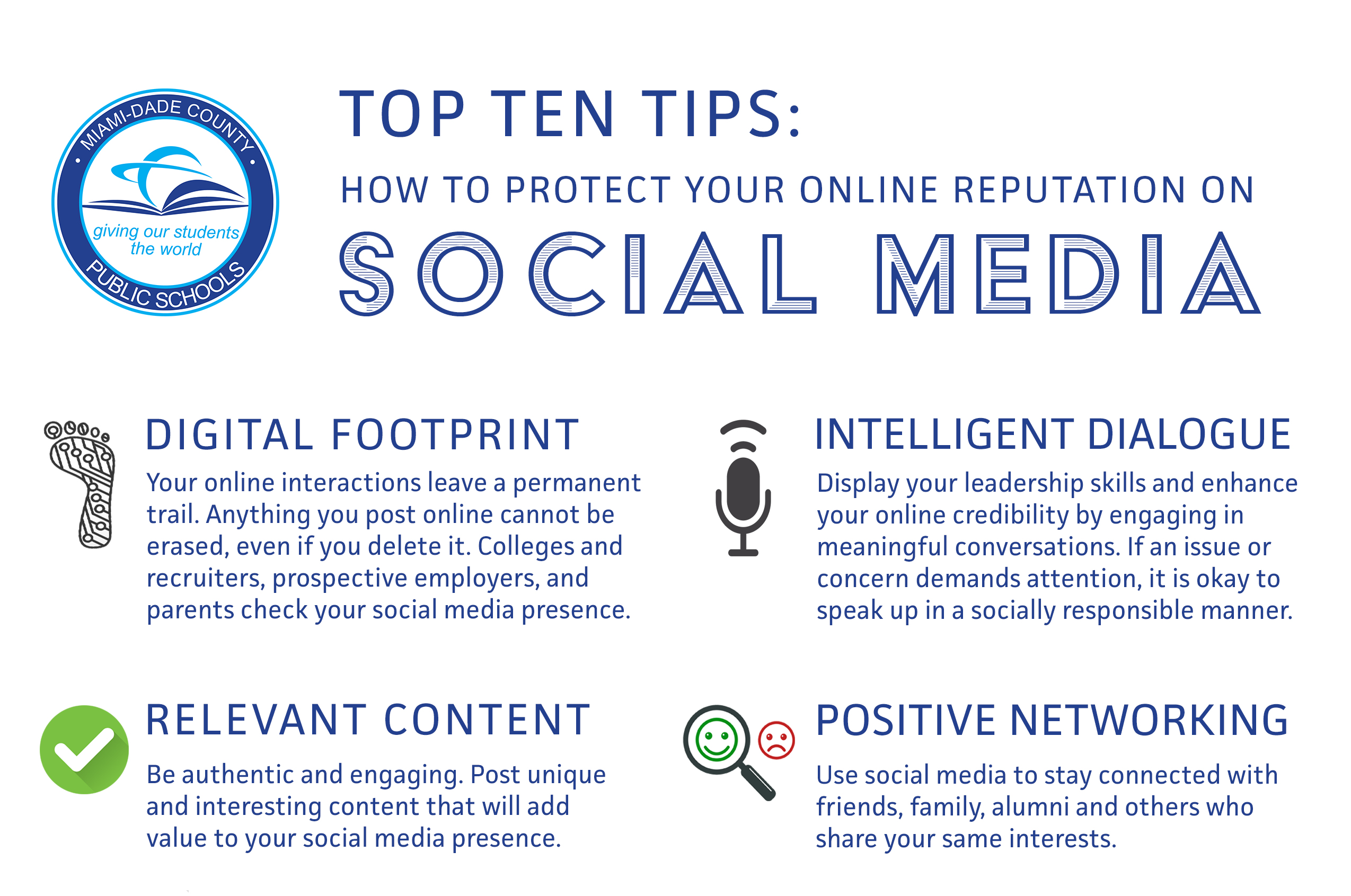5 Expert Tips for Social Advertising Success

In today's digital landscape, social media platforms have become powerful tools for businesses to reach and engage with their target audiences. With the ever-growing popularity of social media, social advertising has emerged as a vital strategy for brands to promote their products and services effectively. However, navigating the complex world of social advertising can be challenging, especially with the constant evolution of algorithms and user behavior. In this comprehensive guide, we'll explore five expert tips to ensure your social advertising campaigns achieve success and stand out in the crowded digital space.
1. Define Your Audience and Tailor Your Message

Understanding your target audience is the cornerstone of successful social advertising. Begin by conducting thorough market research to identify the demographics, interests, and behaviors of your ideal customers. Social media platforms provide extensive data and analytics tools that can help you gather valuable insights about your audience. Leverage these insights to create buyer personas, which will guide your advertising strategy.
Once you have a clear understanding of your target audience, it’s crucial to tailor your advertising message accordingly. Create compelling copy and visuals that resonate with your audience’s pain points, aspirations, and preferences. For instance, if you’re targeting millennials, your ad copy might focus on sustainability or technological innovation. Personalization is key; make your audience feel like your ad was created specifically for them.
Consider the following real-world example: a cosmetics brand, Glow Cosmetics, successfully tailored its message to appeal to Gen Z. They created an advertising campaign centered around self-expression and individuality, featuring diverse models and vibrant, eye-catching visuals. By understanding their audience’s values and preferences, Glow Cosmetics increased engagement and saw a significant boost in sales among Gen Z consumers.
Tips for Audience Segmentation:
- Utilize platform-specific tools like Facebook’s Audience Insights or Twitter’s Analytics to gain deep insights into your audience’s demographics and interests.
- Create multiple buyer personas to cater to different segments within your target audience, ensuring your ads are highly personalized.
- Regularly review and update your audience segmentation based on evolving market trends and customer feedback.
2. Leverage Visual Content and Creativity

Social media is a highly visual medium, and visual content plays a crucial role in capturing the attention of your audience. Incorporate high-quality, engaging visuals into your social ads to make them stand out in crowded newsfeeds. Invest in professional photography and videography to create visually appealing content that aligns with your brand image.
Furthermore, embrace creativity in your ad designs. Stand out from the competition by thinking outside the box and experimenting with unique formats and styles. Consider the following examples:
- A clothing brand, StyleMeUp, created an animated ad series featuring their clothing items coming to life, showcasing their versatility and durability in a fun and creative way.
- A travel agency, Wanderlust Adventures, utilized 360-degree virtual reality videos to transport potential customers to exotic destinations, offering an immersive experience.
By incorporating creativity and visual appeal, you can enhance the impact of your social ads and leave a lasting impression on your audience.
Visual Content Best Practices:
- Ensure your visual content aligns with your brand guidelines and maintains a consistent style across all social platforms.
- Experiment with different types of visual content, such as infographics, animated GIFs, or short videos, to keep your audience engaged.
- Keep visuals simple and uncluttered to ensure your message is easily digestible and memorable.
3. Optimize for Mobile and Multi-Device Experiences
With the increasing use of mobile devices, it’s essential to optimize your social ads for a seamless mobile experience. Ensure your ads are designed to be responsive and easily viewable on various screen sizes and orientations. Consider the following optimization tips:
- Utilize vertical video formats, which are more suitable for mobile screens and often receive higher engagement.
- Keep your call-to-action (CTA) buttons and important information above the fold, ensuring they are visible without the need to scroll.
- Test your ads on different devices and platforms to ensure consistent performance and user experience.
Additionally, consider the multi-device behavior of your audience. Many users switch between devices throughout the day, so it’s crucial to provide a seamless experience across desktops, laptops, tablets, and smartphones. Ensure your ads are consistent and easily recognizable across all platforms.
Mobile Optimization Strategies:
- Conduct A/B testing to determine the optimal ad format and placement for mobile devices, considering factors like click-through rates and conversion metrics.
- Use platform-specific tools, such as Instagram’s Carousel Ads or Facebook’s Dynamic Ads, which are designed to offer a personalized experience across devices.
- Implement a mobile-friendly landing page that provides a smooth transition from ad to website, ensuring a seamless user journey.
4. Master the Art of Storytelling
Social advertising is not just about selling a product; it’s about telling a compelling story that resonates with your audience. Craft narratives that evoke emotions, inspire action, and position your brand as a trusted companion in your customers’ lives.
For instance, a sustainable home cleaning brand, EcoClean, created an advertising campaign centered around the story of a family’s journey to a greener lifestyle. The ads showcased the brand’s products as tools that facilitated this transition, connecting with customers on an emotional level.
When crafting your brand’s story, consider the following techniques:
- Utilize customer testimonials and success stories to build trust and credibility.
- Incorporate narrative arcs and compelling characters to engage your audience and keep them invested in your brand’s journey.
- Tell authentic stories that align with your brand values and mission, ensuring a genuine connection with your audience.
Storytelling Techniques:
- Develop a brand personality that aligns with your target audience’s values and preferences, making your brand’s voice and story relatable.
- Create a content calendar that outlines the key milestones and themes of your brand’s story, ensuring a consistent narrative across all social platforms.
- Experiment with different storytelling formats, such as video series, blog posts, or interactive quizzes, to keep your audience engaged and invested.
5. Measure, Analyze, and Optimize Your Campaigns

Social advertising is an ongoing process, and continuous measurement and optimization are crucial for long-term success. Utilize the extensive analytics tools provided by social media platforms to track the performance of your ads and gain insights into user behavior.
Regularly analyze key metrics such as reach, engagement, click-through rates, and conversion rates. Identify trends and patterns to understand what works best for your audience. Use this data to make informed decisions and optimize your campaigns accordingly.
Consider the following optimization strategies:
- A/B test different ad variations to determine the most effective creative and copy combinations.
- Adjust your targeting parameters based on audience insights to reach the right people at the right time.
- Experiment with different placement options, such as sponsored posts, sidebar ads, or in-feed ads, to find the most effective placement for your brand.
By continuously measuring and optimizing your social advertising campaigns, you can refine your strategy, improve performance, and achieve better results over time.
Analytics and Optimization Tips:
- Set clear and measurable goals for your campaigns, such as brand awareness, lead generation, or sales, to track progress effectively.
- Utilize third-party analytics tools, such as Google Analytics, to gain deeper insights into user behavior and campaign performance.
- Collaborate with influencers or industry experts to boost reach and credibility, especially for niche audiences.
| Social Platform | Key Metrics to Track |
|---|---|
| Reach, Engagement Rate, CTR, Video Views, Conversions | |
| Reach, Engagement Rate, Impressions, Saves, Swipe-Ups | |
| Impressions, Engagement Rate, CTR, Link Clicks, Follower Growth | |
| Impressions, Click-Through Rate, Lead Generation, Job Applicant Rate |

How often should I update my social advertising campaigns?
+It’s recommended to review and update your campaigns regularly, ideally on a weekly or bi-weekly basis. This allows you to stay agile and adapt to changing trends, user behavior, and platform updates.
What are some common mistakes to avoid in social advertising?
+Avoid generic, one-size-fits-all ads that fail to resonate with your audience. Additionally, be cautious of over-optimizing your ads for clicks or conversions at the expense of brand awareness and engagement.
How can I measure the ROI of my social advertising campaigns?
+To measure ROI, track key metrics such as cost per acquisition (CPA), return on ad spend (ROAS), and lifetime value of customers acquired through social advertising. Compare these metrics with your overall business goals to assess the effectiveness of your campaigns.



